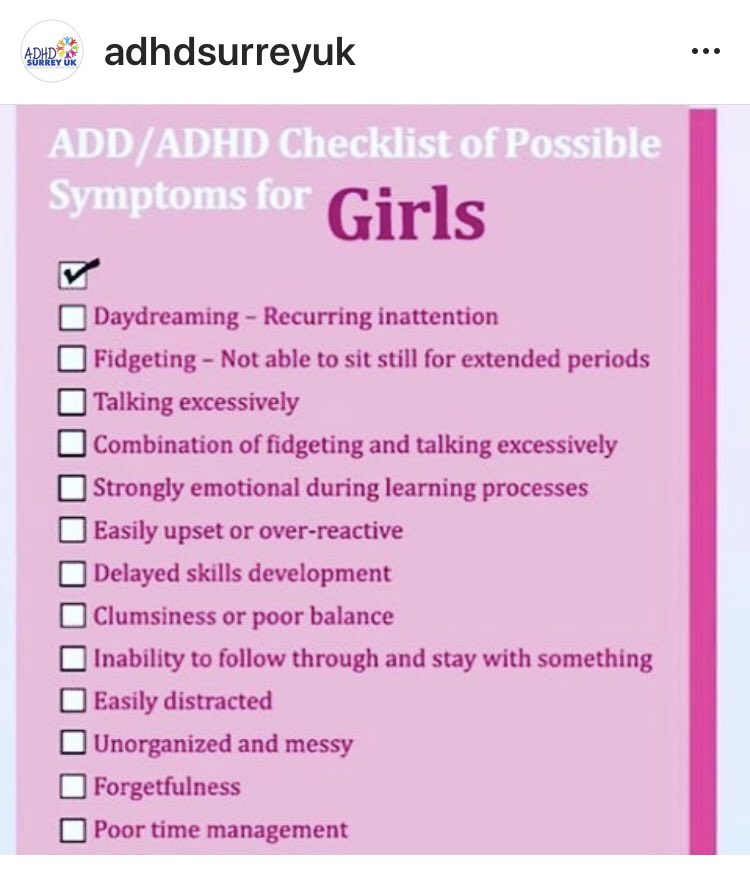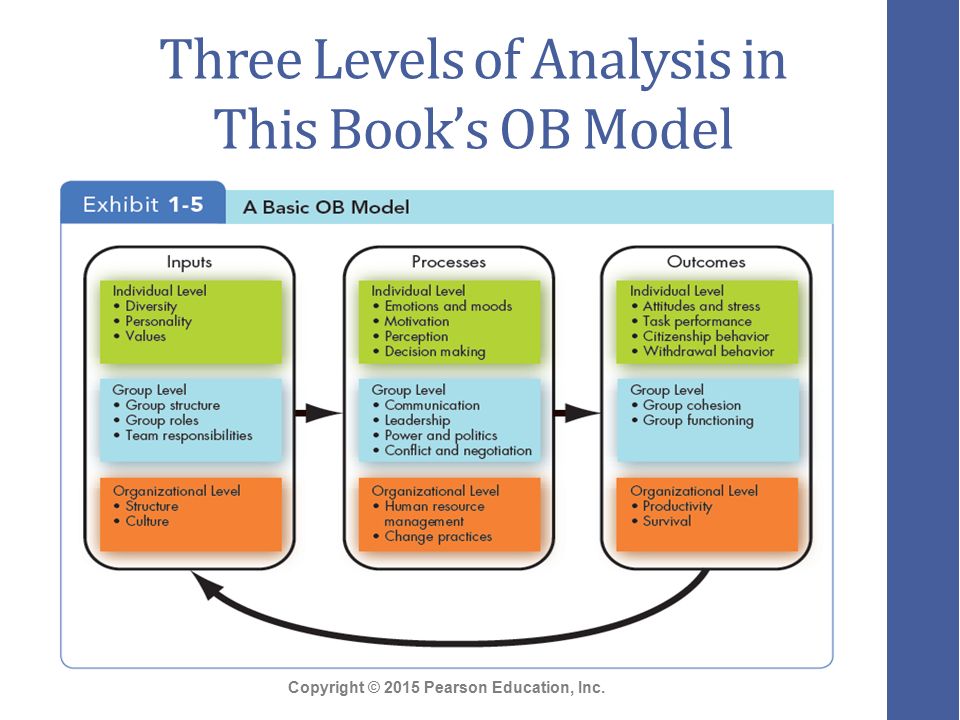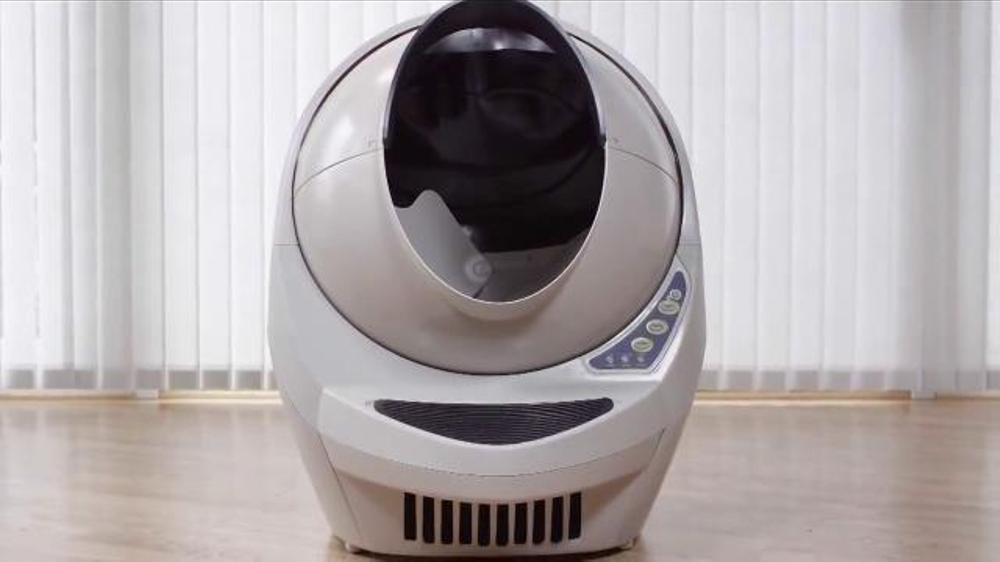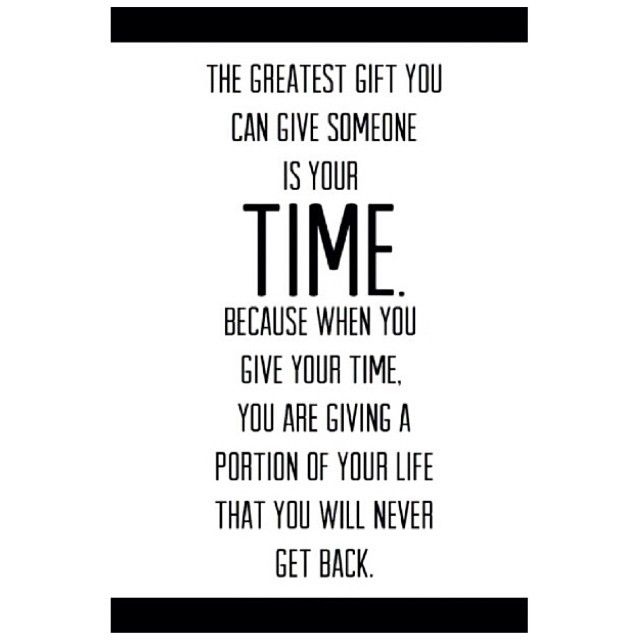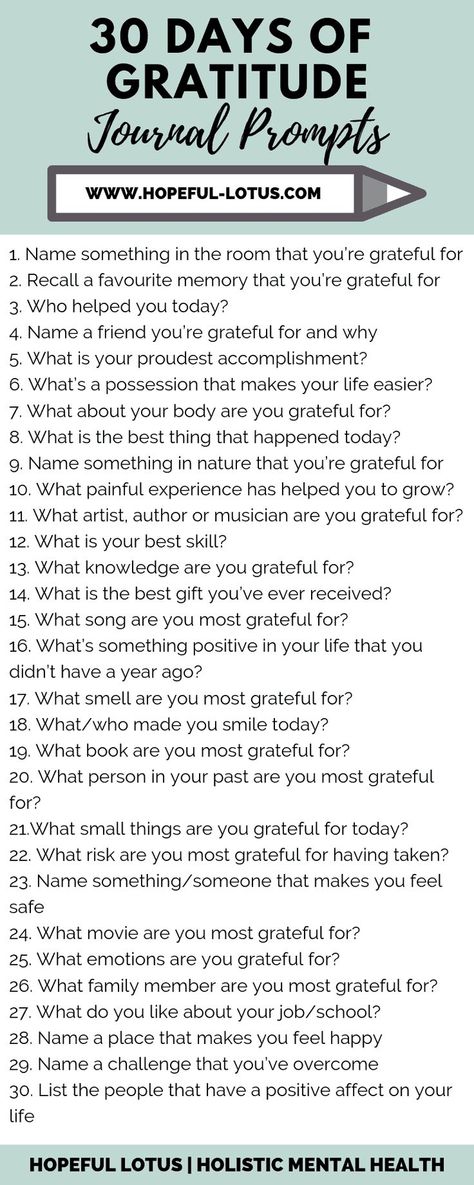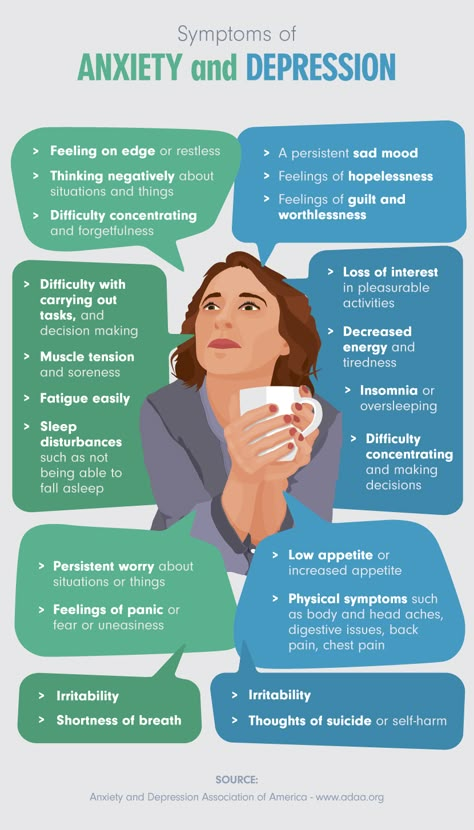Adhd tics symptoms
ADHD and Tics or Tourette Syndrome
Tourette Syndrome and ADHD frequently co-occur. More than half of children with TS also have ADHD. About one in five children with ADHD also have TS or persistent tic disorders.
Symptoms of inattention, hyperactivity, impulsivity, and tics can affect children’s lives at home, at school, or with friends. When a child has both ADHD symptoms and tics, it’s important that their health care provider carefully assess all symptoms and provide a comprehensive diagnostic evaluation, so that both conditions can be included in multimodal treatment planning.
ADHD: Symptoms
ADHD is a brain-based disorder that can cause one to feel a constant need to move around and to experience difficulties with focus, concentration, and executive function—the ability to organize, plan, and manage thoughts and actions. Its symptoms are usually first noticed in early childhood and fall into three groups of behaviors: inattentive, hyperactive-impulsive, and combined inattention and hyperactivity.
Inattentive symptoms include failing to pay attention to details, making careless mistakes, difficulty sustaining attention, not appearing to listen, struggling to follow instructions, difficulty with organization, avoiding or disliking tasks that require sustained mental effort, losing things, and being easily distracted and forgetful.
Hyperactive-impulsive symptoms include fidgeting, difficulty remaining seated, running about excessively, difficulty engaging in activities quietly, acting as if driven by a motor, talking excessively, blurting out answers, difficulty waiting or taking turns, and interrupting others.
Symptoms can present in different ways: predominantly inattentive, predominantly hyperactive-impulsive, and combined presentation with both inattentive and hyperactive-impulsive symptoms.
ADHD: Diagnosis
To meet diagnostic criteria for ADHD, symptoms must be present before the age of 12. Children need to have six or more ADHD symptoms in two or more settings.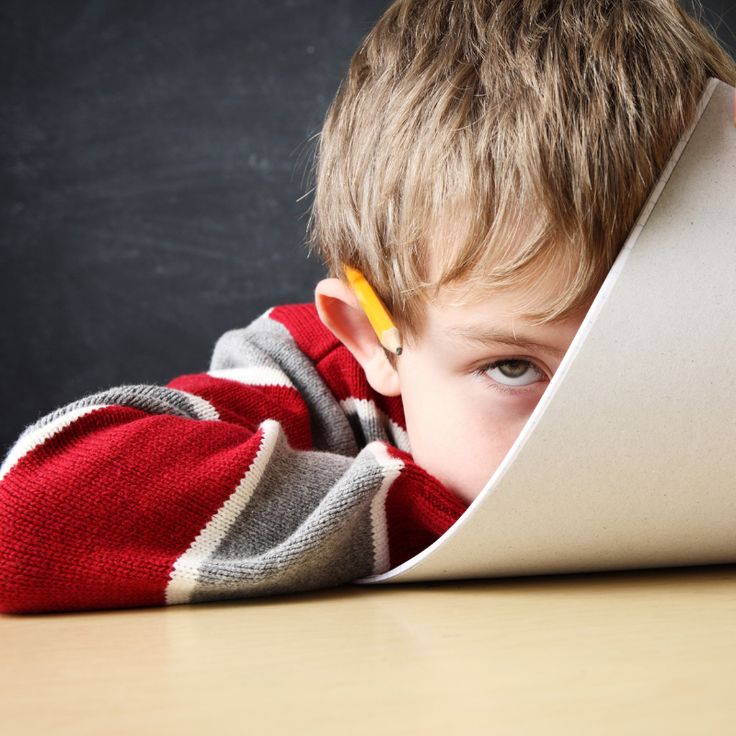 For adolescents and adults aged 17 or older, five symptoms are sufficient for a diagnosis.
For adolescents and adults aged 17 or older, five symptoms are sufficient for a diagnosis.
ADHD can be a lifelong health condition, but symptoms and presentations can change and fluctuate; hyperactive symptoms typically lessen over time, but a sense of restlessness may remain in adults. Other health conditions, such as anxiety, depression, behavior disorders, learning, and sleep disorders, often co-occur with ADHD. The specific causes of ADHD have not yet been identified, but genetic inheritance, low levels of neurotransmitters and dysfunction between the front portion of the brain with the motor and cognitive centers of the brain have been shown to be involved. ADHD tends to run in families.
Tic Disorders and Tourette Syndrome: What is a Tic?
Tics are sudden, rapid, repetitive, non-rhythmic movements or sounds. These actions are involuntary, in that an individual may be able to suppress them for a short time, but ultimately has no control over them. Tics are common in childhood and stop before adulthood for most people.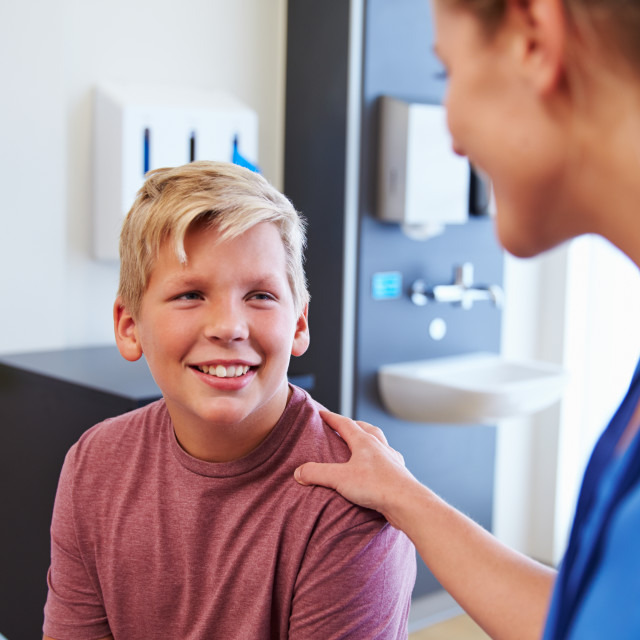 Boys are three time as likely to have tics as girls.
Boys are three time as likely to have tics as girls.
Tics are described as being either simple or complex. Simple tics can be brief, happen quickly, and involve a single muscle group. Complex tics last longer, involve more muscles, and often include a series of simple tics that occur together in a sequence.
Motor tics may include eye blinking, mouth opening, facial grimacing, head movements, shoulder shrugging, or combinations of any of these movements. Vocal tics may include throat clearing, coughing, sniffing, barking, snorting, repeating parts of words or phrases, or, more rarely, blurting obscene or inappropriate words.
Tic Disorders and Tourette Syndrome: Diagnosis
Tic disorders are neurodevelopmental disorders, and symptom onset must occur before age 18 to meet diagnostic criteria. There are three types of tic disorders:
- provisional tic disorder (lasting less than a year)
- persistent (chronic) motor or vocal tic disorder (lasting a year or longer)
- Tourette Syndrome, also known as Tourette’s disorder (both motor and vocal tics, numerous and frequent, lasting more than a year)
TS can be a lifelong health condition, but tic symptoms fluctuate, and often improve in late adolescence and young adulthood.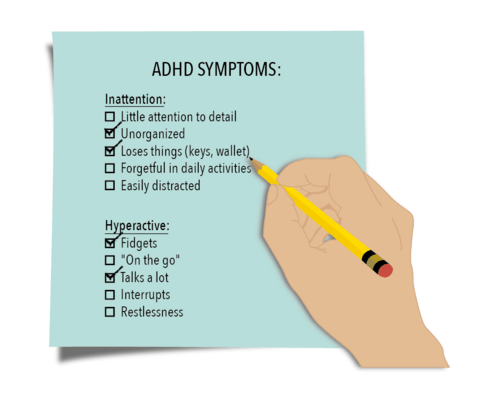 Other conditions besides ADHD can co-occur with TS, including anxiety, depression, obsessive-compulsive disorder (OCD), autism spectrum disorder (ASD), as well learning disorders and other developmental disabilities. As with ADHD, the cause of tics and TS has not yet been identified, but research has identified dysfunction/disinhibition of the brain circuits involved in the control of movement, cognition, and behavior (what researchers call the cortico-striatal-thalamo-cortical or CTSC pathway). Similarly, genetics are thought to play a role, and tics, TS, and OCD tend to run in families.
Other conditions besides ADHD can co-occur with TS, including anxiety, depression, obsessive-compulsive disorder (OCD), autism spectrum disorder (ASD), as well learning disorders and other developmental disabilities. As with ADHD, the cause of tics and TS has not yet been identified, but research has identified dysfunction/disinhibition of the brain circuits involved in the control of movement, cognition, and behavior (what researchers call the cortico-striatal-thalamo-cortical or CTSC pathway). Similarly, genetics are thought to play a role, and tics, TS, and OCD tend to run in families.
ADHD Treatment
Treatment options for ADHD include medication, behavior therapy and training for parents, organizational skills training, school intervention, and accommodations. Medications fall into two larger categories: stimulant medication and nonstimulant medication. Behavior therapy teaches children and their families how to strengthen positive child behaviors and eliminate or reduce unwanted or problem behaviors.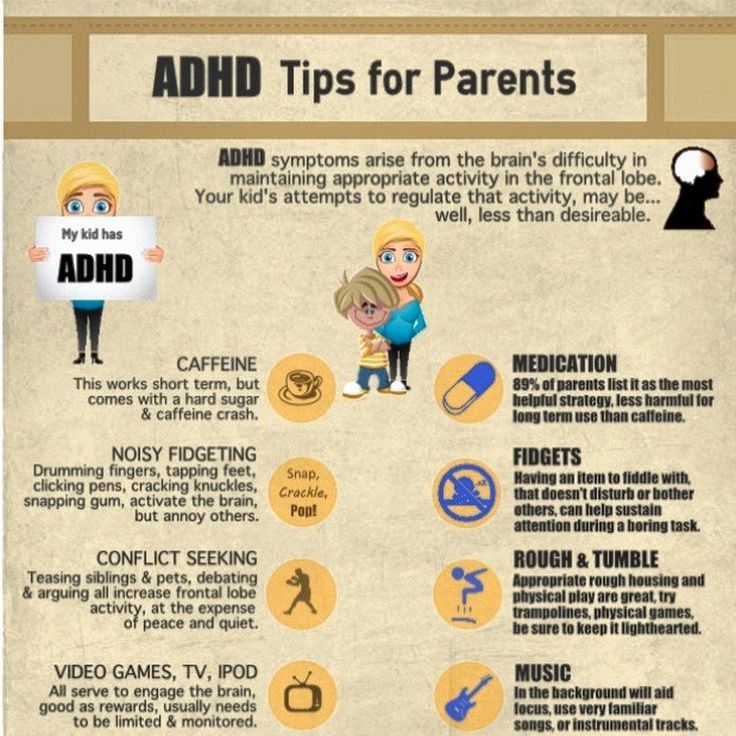 Parent behavior management training teaches parents to learn or improve skills to manage their child’s behavior. Parents are encouraged to practice the skills with their child during therapy sessions and at home. Teachers can also be trained in behavior management to help children at childcare centers or schools.
Parent behavior management training teaches parents to learn or improve skills to manage their child’s behavior. Parents are encouraged to practice the skills with their child during therapy sessions and at home. Teachers can also be trained in behavior management to help children at childcare centers or schools.
For children age 6 and older, ADHD is often best treated with a combination of behavior therapy and medication. For children with ADHD younger than age 6, behavior therapy, particularly parent training, is recommended as the first treatment before medication is tried.
You can learn more about treating childhood ADHD in CHADD’s Treatment Overview for Parents & Caregivers.
Tourette Syndrome and Other Tic Disorders: Treatment
Tics generally need treatment only if they are causing significant daily problems. Treatment options include behavioral interventions and medications. In mild cases, education and reassurance for the child and family may be all that is needed.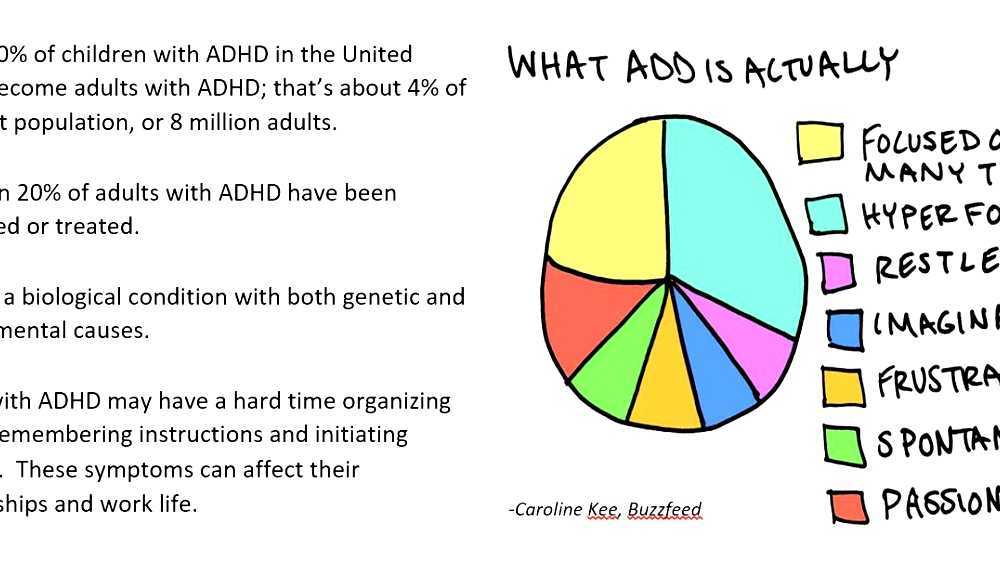
Comprehensive Behavioral Intervention for Tics, or CBIT, is the recommended first line of treatment for Tourette Syndrome. CBIT consists of three important components:
- Training the patient to become more aware of his or her tics in general, and in particular, to become aware of urges to tic before the tic occurs.
- Training the patient to perform a competing behavior when he or she feels the urge to tic.
- Making changes to day-to-day activities in ways that can be helpful in reducing tics.
Medication may also be prescribed when symptoms interfere with social relationships, daily life, or academic or job performance. Treatment options for tics can also include stress and anxiety management strategies, such as mindfulness, meditation, and deep breathing techniques. Occupational therapists can also provide assessments, therapies, and plans that can help manage the environment and reduce stress for children and teens if needed. School supports and academic accommodations can be put in place to help manage the impact of tic symptoms on learning and school success.
You can learn more about treatment for tic disorders, including CBIT, in Tourette Association’s Medical Treatments.
Combined Treatment for ADHD and Tics
When a child has both ADHD and tics, the healthcare provider evaluates which symptoms are causing the most difficulties for the child. The condition that is causing the most distress or impairment is generally treated first. Treatment for the second condition often begins after the first condition starts to improve. Sometimes it is necessary to start treatment for both conditions at the same time.
Medication may be needed for children with ADHD and Tourette Syndrome. The provider may decide to treat mild symptoms of both ADHD and tics with an alpha agonist, a nonstimulant medication such as clonidine or guanfacine, which can reduce both symptoms. Their most common side effects are tiredness and fatigue.
If ADHD symptoms are the most problematic, then treatment with a stimulant medication is generally recommended.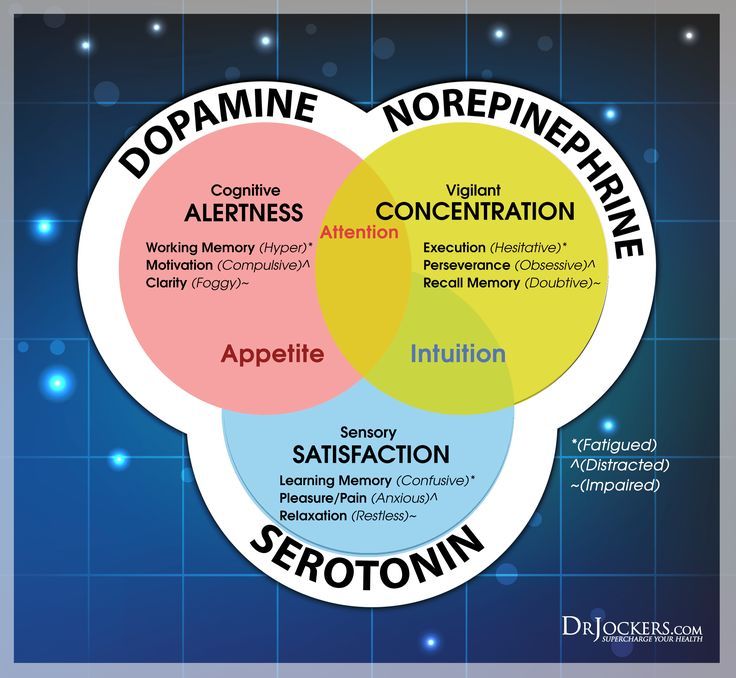 Stimulants are highly effective for all ADHD symptoms, including in children with ADHD and tics. Although there is no scientific evidence that stimulants increase tics in children with ADHD and tic disorders, some children may experience a temporary increase when stimulants are started or doses are increased. Recent studies report that short-term stimulant medication, especially methylphenidate (Ritalin, Concerta, Metadate), seems to be safe and well tolerated in children who have chronic tics or TS and co-occurring ADHD. Children who were given methylphenidate did not develop more frequent tics when compared with those who were not given the medication. Tics may be more likely to increase with the dextroamphetamines (Dexedrine, Adderall, Vyvanse, ProCentra) compared to methylphenidate. In the long run, ADHD symptoms can potentially cause more difficulty than tics in children with both conditions, so it is important to make sure that the ADHD is adequately treated.
Stimulants are highly effective for all ADHD symptoms, including in children with ADHD and tics. Although there is no scientific evidence that stimulants increase tics in children with ADHD and tic disorders, some children may experience a temporary increase when stimulants are started or doses are increased. Recent studies report that short-term stimulant medication, especially methylphenidate (Ritalin, Concerta, Metadate), seems to be safe and well tolerated in children who have chronic tics or TS and co-occurring ADHD. Children who were given methylphenidate did not develop more frequent tics when compared with those who were not given the medication. Tics may be more likely to increase with the dextroamphetamines (Dexedrine, Adderall, Vyvanse, ProCentra) compared to methylphenidate. In the long run, ADHD symptoms can potentially cause more difficulty than tics in children with both conditions, so it is important to make sure that the ADHD is adequately treated.
Behavior therapy, including parent training, can address both types of symptoms.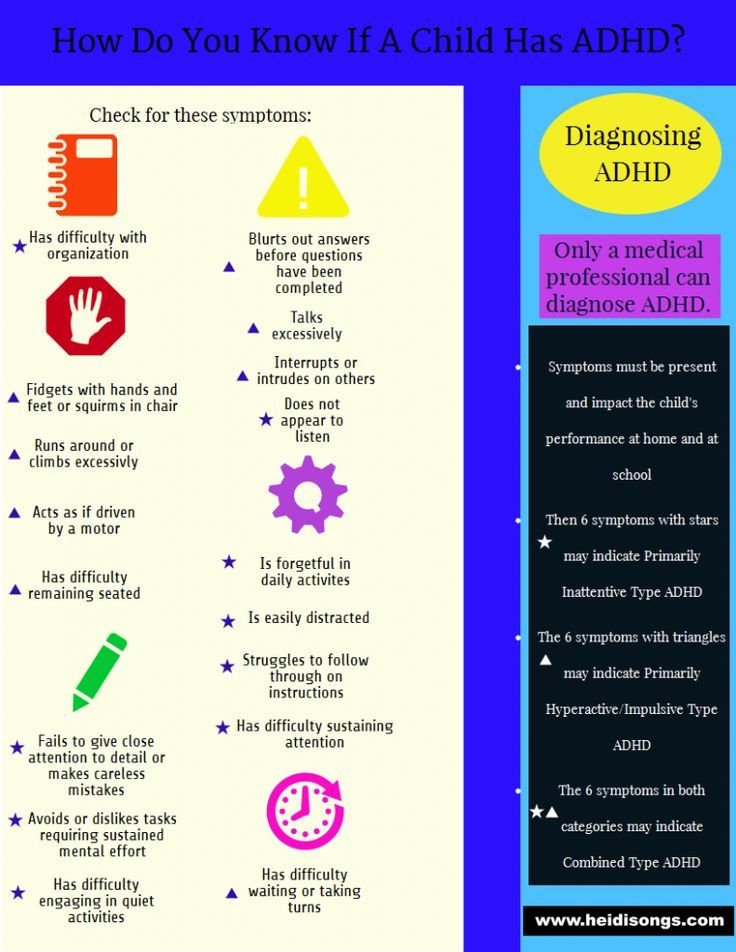 CBIT training components that teach children about managing stress and anxiety, such as relaxation and mindfulness, can also help with ADHD symptoms. Parent training in behavior management focuses on positive communication, supportive routines and structures, and consistent positive discipline. The therapist can help parents understand how to best support the specific needs of their child, including the treatment of other behavioral, emotional, or learning disorders that may occur along with both ADHD and tic disorders.
CBIT training components that teach children about managing stress and anxiety, such as relaxation and mindfulness, can also help with ADHD symptoms. Parent training in behavior management focuses on positive communication, supportive routines and structures, and consistent positive discipline. The therapist can help parents understand how to best support the specific needs of their child, including the treatment of other behavioral, emotional, or learning disorders that may occur along with both ADHD and tic disorders.
References:
CDC. Data & Statistics on Tourette Syndrome: How many children have Tourette syndrome?
Attention-Deficit/Hyperactivity Disorder and Co-Occurring Tics. Contemporary Pediatrics, April 1, 2013.
CHADD NRC. ADHD Quick Facts: ADHD Presentations.
Barbaresi et al. (2020). The Society for Developmental and Behavioral Pediatrics Clinical Practice Guideline for the Assessment and Treatment of Children and Adolescents with Complex Attention-Deficit/Hyperactivity Disorder: Process of Care Algorithms.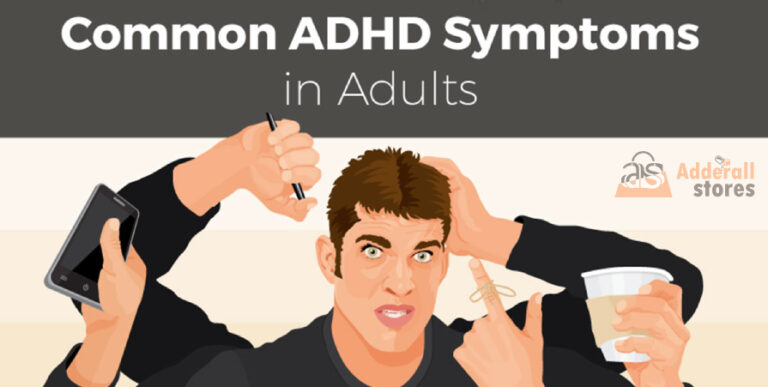 Journal of Developmental & Behavioral Pediatrics: February/March 2020 - Volume 41 - Issue - p S58-S74.
Journal of Developmental & Behavioral Pediatrics: February/March 2020 - Volume 41 - Issue - p S58-S74.
Pringsheim et al. (2019). Practice guideline recommendations summary: Treatment of tics in people with Tourette syndrome and chronic tic disorders. Neurology: 92 (19).
The Tourette Association of America. What is Tourette.
The Tourette Association of America. How are TS and Other Tic Disorders Treated?
The Tourette Association of America. Comprehensive Behavioral Intervention for Tics (CBIT): Overview.
What Is the Difference Between ADHD and Tourette's Syndrome?
Written by WebMD Editorial Contributors
ADHD and Tourette's syndrome are two separate conditions, but they have a few things in common. They often start around the same age, and in some cases children can have both conditions.
But there are some key differences between them. It’s important to get the right diagnosis for your child.
How They Are Alike
The main symptom of Tourette's syndrome is repeated movements or sounds, called tics, that a person can’t control.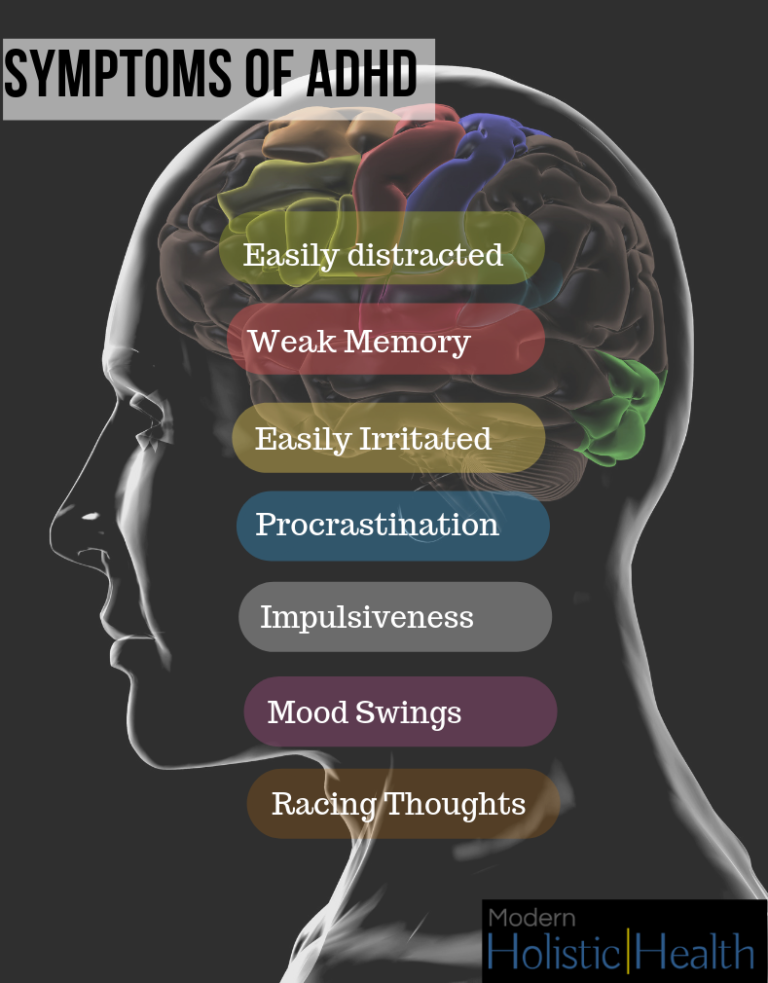 They can be simple, like constant eye blinking, sniffing, grunting, or coughing. They can also be complex, like shoulder shrugging, facial expressions, head movements, or repeating words or phrases. The tics usually happen several times each day.
They can be simple, like constant eye blinking, sniffing, grunting, or coughing. They can also be complex, like shoulder shrugging, facial expressions, head movements, or repeating words or phrases. The tics usually happen several times each day.
Sometimes, kids with ADHD can have symptoms that seem a lot like tics. They might fidget, squirm, or make random noises if they are being silly. Sometimes kids who take a type of ADHD medicine called stimulants might have tics. The drugs don’t cause them, but they may make them noticeable. And they often go away on their own.
Signs of both conditions tend to show up around the same age. Symptoms of ADHD can start to appear between ages 3 and 6. Most kids are diagnosed during elementary school. On average, Tourette's syndrome begins around 7 years old.
And some children have both conditions. More than 60% of those with Tourette's syndrome also have ADHD. They also may have related conditions, like obsessive-compulsive disorder (OCD), learning disorders, and depression.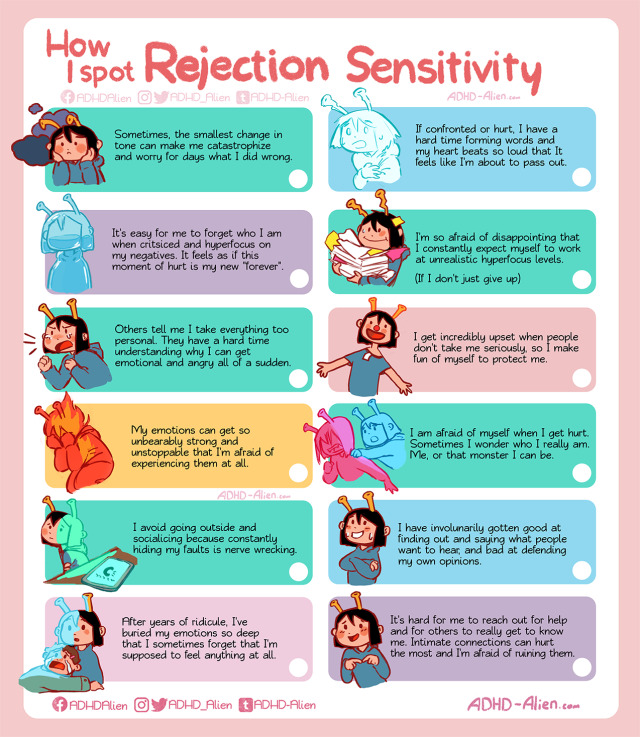
Researchers have found that there may be a genetic link between Tourette's syndrome and disorders like ADHD and OCD. They have a similar biology that makes them more likely to happen together.
How They Are Different
Tics from Tourette's syndrome are different from the movements or noises that kids with ADHD might make. They almost always involve fast, repeated face or shoulder movements or sounds, which happen the same way each time.
Often, kids with ADHD won't have any tic-like movements. Instead, they have trouble staying focused or paying attention. They might be easily distracted or have problems staying organized.
Children with Tourette's syndrome often outgrow their tics by their late teens or early adult years -- they happen less often and sometimes disappear altogether. ADHD symptoms often last into adulthood.
Also, Tourette's syndrome is rare. The CDC found that about 138,000 kids in the U.S. have been diagnosed with it, while about 6.4 million have ever been diagnosed with ADHD.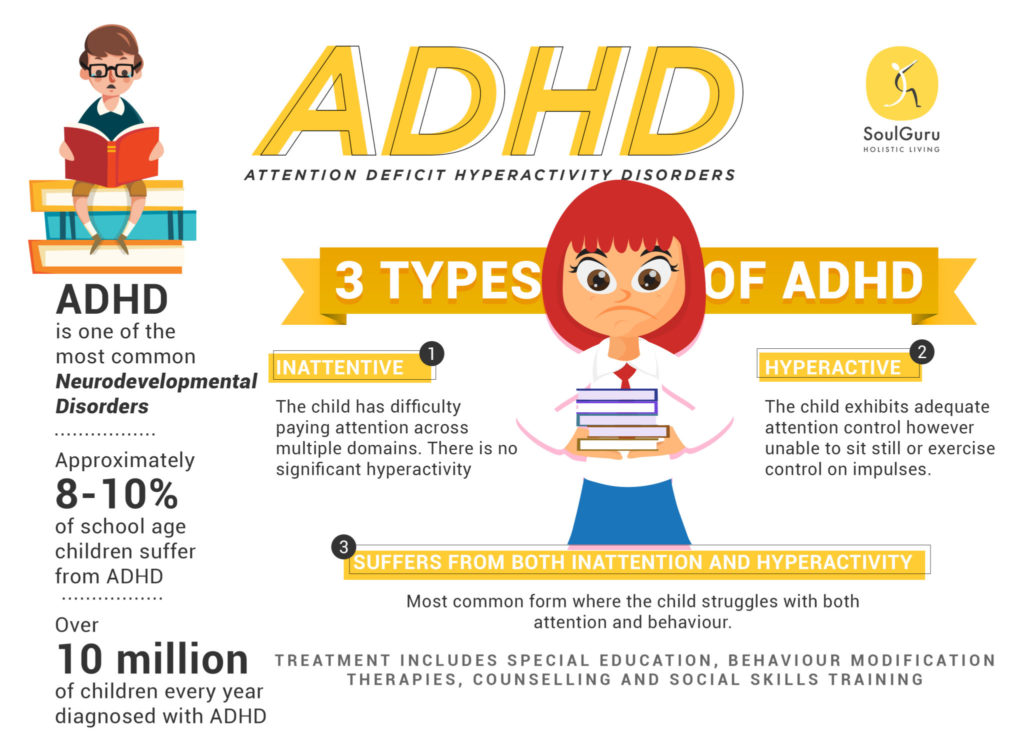
Researchers believe that genetics have a lot to do with both conditions. But other possible causes of ADHD might include brain injury, low birth weight, or smoking and drinking during pregnancy.
Diagnosis and Treatment
Your doctor will be able to tell whether your child’s symptoms belong to ADHD, Tourette's syndrome, both, or something else. There's no special test to diagnose either condition. Your doctor will ask about symptoms and when they started. They might do a blood test and medical exam to see if anything else could be causing the problem.
Treatment for kids with ADHD often includes a mix of medication and behavior therapy. Stimulants are the drugs that are most commonly prescribed for the condition, but other drugs, like atomoxetine, guanfacine, clonidine, and antidepressants, can help, too.
In behavior therapy for ADHD, kids learn or build on positive behaviors to replace others that cause problems.
If your child has Tourette's syndrome, their doctor will likely suggest that they take medication to help with their tics. They might include some types of ADHD medicines, anti-seizure drugs, antidepressants, antipsychotic drugs that block the brain chemical dopamine, and Botox shots. Drugs don't get rid of tics completely, but they can help control them.
They might include some types of ADHD medicines, anti-seizure drugs, antidepressants, antipsychotic drugs that block the brain chemical dopamine, and Botox shots. Drugs don't get rid of tics completely, but they can help control them.
Kids with Tourette's syndrome can also try behavior therapy. One type, called habit reversal, helps them learn to identify that a tic is coming on and then learn a new behavior to do instead. It is similar to Comprehensive Behaviorial Intervention for Tics (CBIT), which trains kids to substitute a competing behavior when they feel the urge to tic and to change daily activities to reduce tics.
If your child has both ADHD and Tourette's syndrome, their doctor may treat the ADHD first. That may ease stress and improve attention, which can sometimes strengthen a kid’s ability to control their tics.
ADHD in adults - treatment, symptoms, diagnosis
Make an appointment
Treatment of ADHD in adults
Rehabilitation clinic "A NEW DAY" specializes in the treatment of adults with ADHD.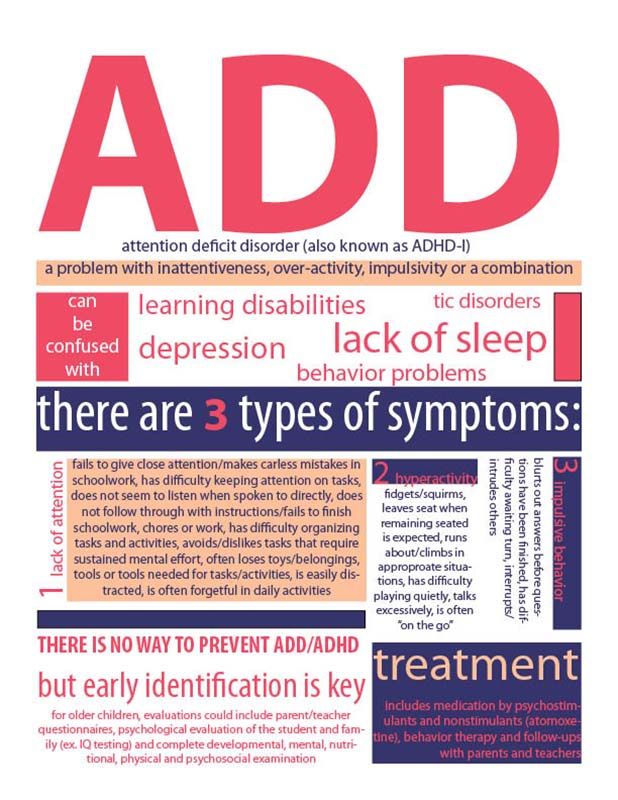 We have developed and effectively applied a set of rehabilitation measures for ADHD.
We have developed and effectively applied a set of rehabilitation measures for ADHD.
Individual approach
Each patient has his own doctor - a neurologist. He knows everything about the patient and his disease, if necessary, he can make adjustments to the course of treatment at any stage. The main thing is the result. At the end of the course of treatment, individually developed recommendations are issued.
Treatment is always a complex
Taking into account the variant of the course, the age of the patient, the severity of manifestations, the most appropriate methods and their combinations are selected: (BOS).
In everyday life, ADHD patients are not recommended to engage in those sports that involve a competitive nature and have a pronounced emotional component, for example, martial arts, team games. Useful jogging, swimming (non-competitive), cycling, skiing.
To improve the psychological and emotional state, reduce anxiety, overcome depression, sleep disorders, various methods of psychotherapy are used.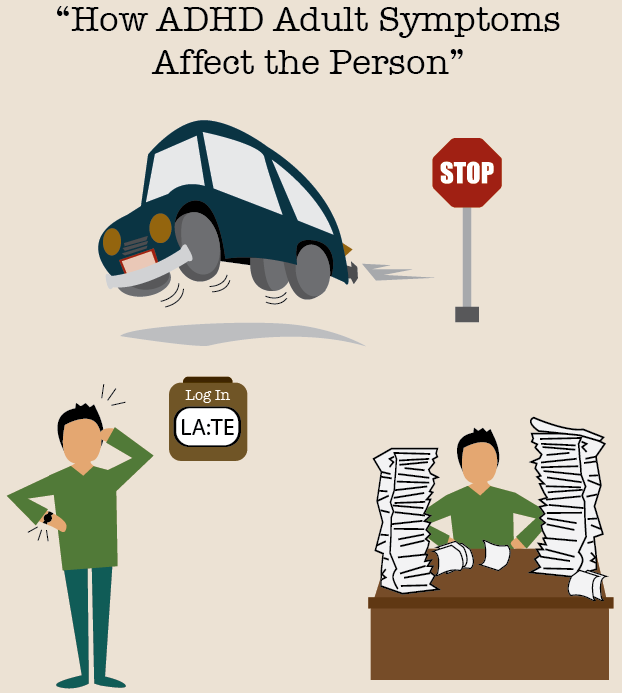 The choice of a technique suitable for a particular patient is carried out by a psychologist or psychotherapist.
The choice of a technique suitable for a particular patient is carried out by a psychologist or psychotherapist.
Relaxation techniques: special relaxation massages, relaxation sessions, medical treatment.
Cognitive training is used for attention deficit. Acupuncture (IRT) is traditionally used to restore the regulation of many organs, including the brain.
Innovative techniques
Translingual neurostimulation (TLNS) is an effect on the brain through the stimulation of tongue receptors. This is an advanced innovative technique, most effectively used in the treatment of diseases of the central nervous system, and as we know, ADHD belongs to such diseases. The use of TLNS allows you to restore the regulation of excitation-inhibition processes in a short time, which ultimately leads to an improvement in the course of ADHD, the best psychological and motor correction. In addition, TLNS has a positive effect on cognitive functions, such as concentration and memory, improves sleep, allowing the body to restore its neurotransmitter stores and have a good rest.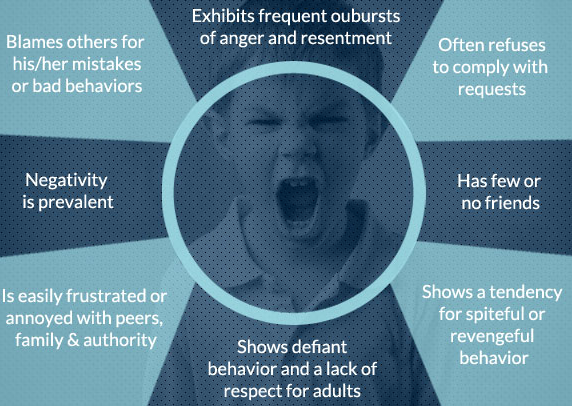
Continuity and recurrence
ADHD has a favorable course when properly treated. It is important to maintain the results achieved. To do this, at discharge, we give detailed individually developed recommendations. As long as there is any residual symptomatology, courses of treatment should be repeated, as a rule, 2-3 times a year.
Sign up for a consultation
Fill out the form
+7 (812) 603-70-10
Attention deficit disorder in adults
ADHD is a childhood-onset neurological behavioral disorder characterized by difficulty concentrating and maintaining attention, excessive motor activity (hyperactivity) and incontinence (impulsivity).
In recent years, the frequency of ADHD has increased, including among adults. It used to be thought that by adolescence, the symptoms of ADHD would significantly lessen or go away. However, now these ideas have changed: in 30-70% of cases, ADHD persists into adulthood.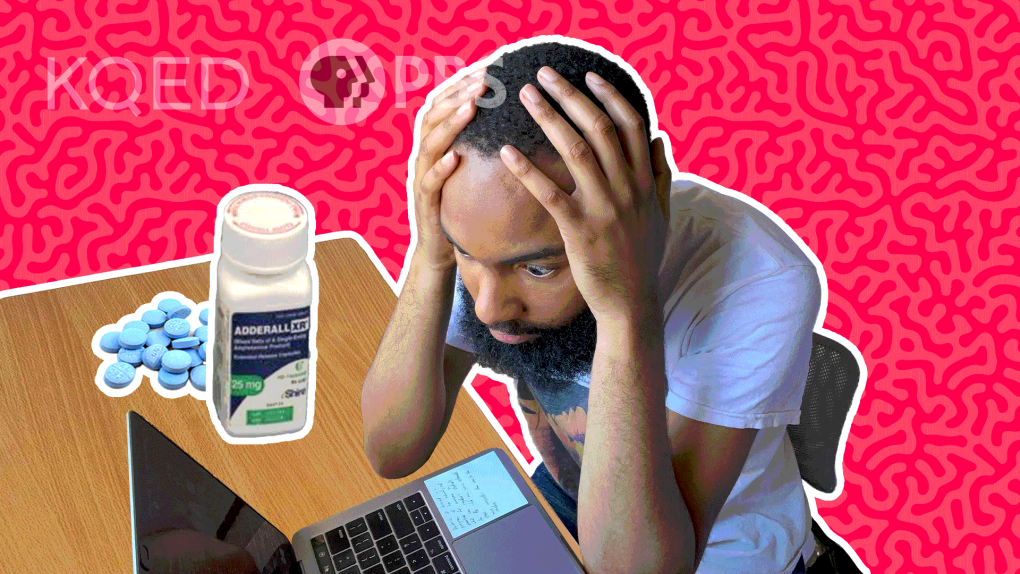 Most often this is due to insufficiently effective treatment in childhood.
Most often this is due to insufficiently effective treatment in childhood.
More about ADHD
All processes occurring in the nervous system are based on two oppositely directed mechanisms: excitation and inhibition. Normally they are balanced. However, the formation of the nervous system does not occur immediately after birth. The brain is mainly formed before the age of 8 years, but finally only by the age of 25. Therefore, in children, arousal and inhibition often get out of control, in some cases leading to ADHD. Over time, the brain matures and the symptoms of ADHD improve or go away on their own. But even in an adult, cognitive, behavioral, and motor
disorders resulting from ADHD. That is why the prevalence of ADHD in adults, although it has increased in recent years, still remains much less than in children.
In general, the manifestations in children and adults do not differ, but there are features.
First, if a child does not have ADHD, then an adult will not develop this disease. Therefore, ADHD in adults is not a separate disease, but disorders that have persisted since childhood.
Secondly, in adults, attention disorders prevail over manifestations of hyperactivity. It is difficult for such people to concentrate and maintain attention, so many activities that require concentration may not be available to them. Hyperactivity can be manifested by restlessness, so sedentary sedentary work is not suitable for them.
Impulsivity can be manifested by conflicts in the family and at work.
And thirdly, the presence of ADHD in adulthood requires careful examination to exclude other disorders, incl. mental illness.
Manifestations of ADHD depend on the course of the disease.
Types of ADHD in adults
-
With a predominance of attention deficit (deficit)
-
With a predominance of hyperactivity
-
Mixed version of ADHD
Symptoms of ADHD in adults
Symptoms of inattention (in at least 5 symptoms for at least 6 months):
- Inability to concentrate on details, errors of incorrect
- Inability to hold attention for a long time
- Often one gets the impression that he does not listen to spoken speech
- Inability to follow instructions, algorithms, for example, to fulfill conditions tasks
- Resistance to getting involved in tasks, avoiding or active resistance
- Frequent loss of things, especially those necessary to complete tasks
- Easy distractibility to extraneous stimuli or thoughts (“hovering” in thoughts)
- Routine forgetfulness (errands, chores, being late)
Symptoms of hyperactivity (in adults, at least 5 symptoms for at least 6 months):
- Constant movements in the hands, feet, fidgeting in a chair
- Getting up from a place
- Inability to sit still
- Inability to pass time calmly
- Constantly in motion, as if “wound9”, as if “attached a motor” 908088
- Answers a question without listening to the question itself
- Difficulty waiting in line
- permissions.

These symptoms must reach a degree of severity that interferes with learning, communication, work. They should be observed both at home and in other places (at work, at a party, etc.). They should be noticed not only by relatives, but also by those around them.
An additional examination may be required to clarify the diagnosis and exclude other diseases that have similar symptoms:
- EEG (electroencephalography)
- Doppler ultrasonography0088
- Evoked potential (EP) method
- Psychotherapist's consultation
- Brain MRI
- Psychiatrist's consultation (if indicated)
)
- ADHD CR (extended complex)
- Cognition CS (standard complex)
- Cognition CR (extended complex)
- Psychotherapy ind. COP (complex standard)
– Psychotherapy ind. CR (advanced complex)
Comparative table of all programs
Attention Deficit Disorder: Causes, Symptoms, Diagnosis and Treatment
Attention Deficit Hyperactivity Disorder (abbreviated as ADHD) are certain disorders in the psycho-emotional development of a child.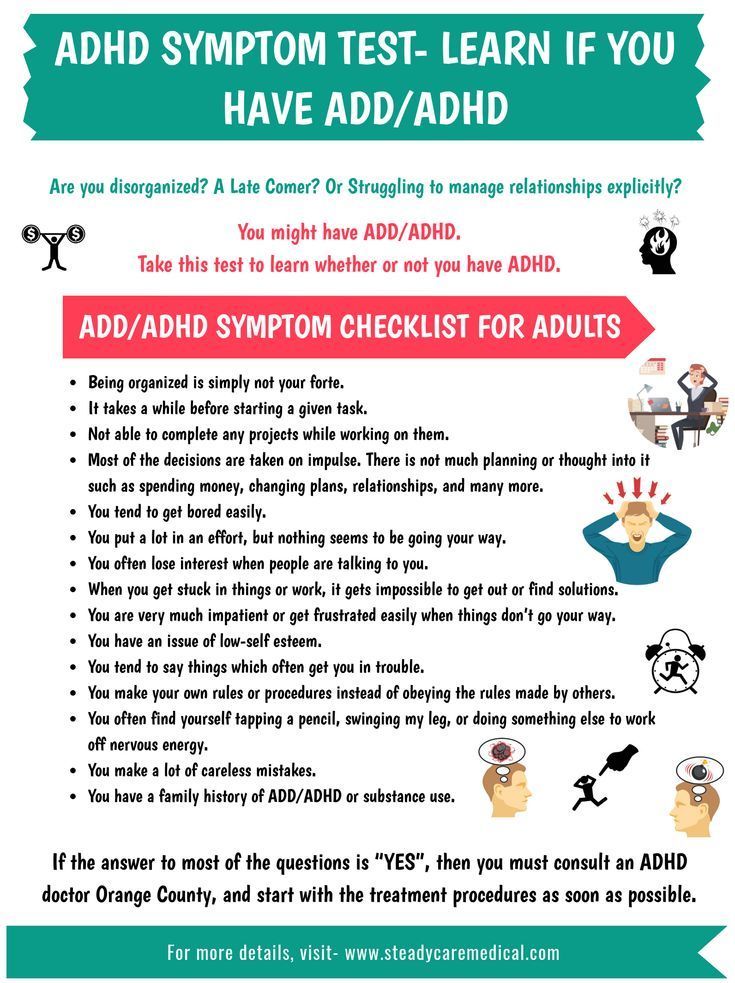 The first symptoms begin to bother from the age of three: the baby cannot sit still and tries in every possible way to attract attention to himself by deliberate disobedience.
The first symptoms begin to bother from the age of three: the baby cannot sit still and tries in every possible way to attract attention to himself by deliberate disobedience.
Many parents do not consider it necessary to deal with hyperactivity in children, attributing bad behavior to a difficult age. However, in the future, the disease turns into serious problems for the student: inability to concentrate, poor progress, frequent criticism from teachers and friends, social isolation, and nervous breakdowns.
Hyperactivity is a dysfunction of the central nervous system. If left untreated in childhood, the disorder can greatly affect the quality of life of an adult. Therefore, it is worth seeking the advice of a specialist and conducting a comprehensive corrective therapy if you suspect a child has ADHD.
The development of ADHD is hidden in several reasons that have been established by scientists on the basis of facts. These reasons include: genetic predisposition; pathological influence.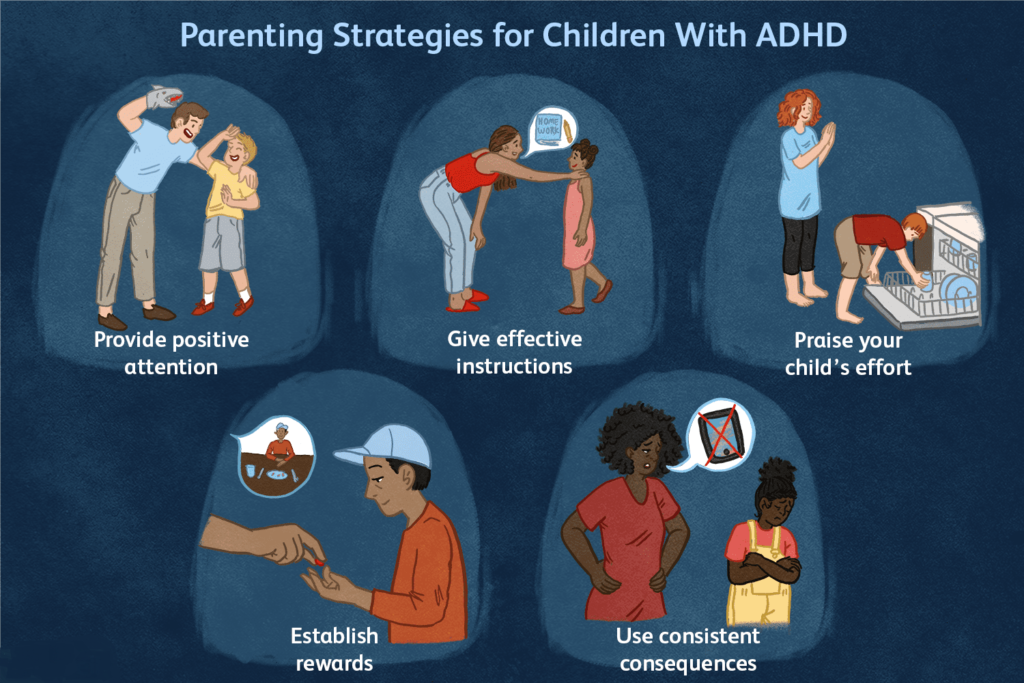
Genetic predisposition is the first factor that does not exclude the development of malaise in the patient's relatives. Moreover, in this case, both distant heredity (i.e., the disease was diagnosed in ancestors) and near (parents, grandparents) play a huge role. The first signs of attention deficit hyperactivity disorder in a child lead caring parents to a medical institution, where it turns out that the predisposition to the disease in a child is associated precisely with genes. After examining the parents, it often becomes clear where this syndrome came from in the child, since in 50% of cases this is exactly the case. Today it is known that scientists are working on isolating the genes that are responsible for this predisposition. Among these genes, an important role is given to DNA regions that control the regulation of dopamine levels. Dopamine is the main substance responsible for the correct functioning of the central nervous system. Dysregulation of dopamine due to genetic predisposition leads to the disease of attention deficit hyperactivity disorder.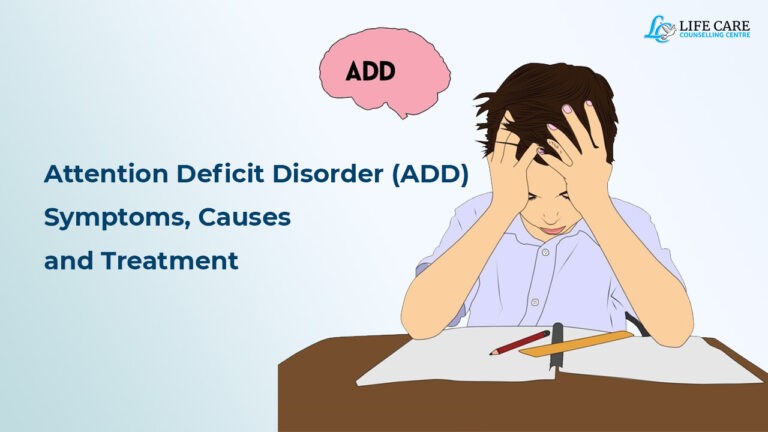 Pathological influence is of considerable importance in answering the question about the causes of the manifestation of attention deficit hyperactivity disorder. Pathological factors can serve as: the negative impact of narcotic substances; influence of tobacco and alcoholic products; premature or prolonged labor; interrupt threats. If a woman allowed herself to use illegal substances during pregnancy, then the possibility of having a child with hyperactivity or this syndrome is not excluded. There is a high probability of the presence of attention deficit hyperactivity disorder in a child born at 7–8 months of pregnancy, i.e. premature.
Pathological influence is of considerable importance in answering the question about the causes of the manifestation of attention deficit hyperactivity disorder. Pathological factors can serve as: the negative impact of narcotic substances; influence of tobacco and alcoholic products; premature or prolonged labor; interrupt threats. If a woman allowed herself to use illegal substances during pregnancy, then the possibility of having a child with hyperactivity or this syndrome is not excluded. There is a high probability of the presence of attention deficit hyperactivity disorder in a child born at 7–8 months of pregnancy, i.e. premature.
Symptoms
Attention deficit disorder is expressed primarily in hyperactivity and inattention of the child. These are the main symptoms of the disorder.
Signs of hyperactivity:
- A constant feeling of inner restlessness causes the child to fidget in the chair, jerk his legs, wave his arms or fiddle with something.

- Feelings of anxiety increase when adults are forced to be quiet and calm. This causes a backlash: the children respond to the request not to make noise with stormy laughter, stomping or jumping up from their seats.
- Hyperactivity is expressed in impulsive behavior. For example, a child shouts out an answer in class before the teacher has finished speaking the question. Or he may get into a fight because he is unable to wait his turn in the game competitions.
- The inattention inherent in hyperactivity syndrome is expressed as follows:
- Any task tires very quickly, just a couple of minutes after the start. It is almost impossible to focus on learning a new subject. Usually children are able to keep their attention on what they are really interested in. But in a child with ADHD, boredom and an absent-minded look appear in any activity, even in the one with which he “fired up” in the first minutes.
- Problems with concentration develop absent-mindedness.
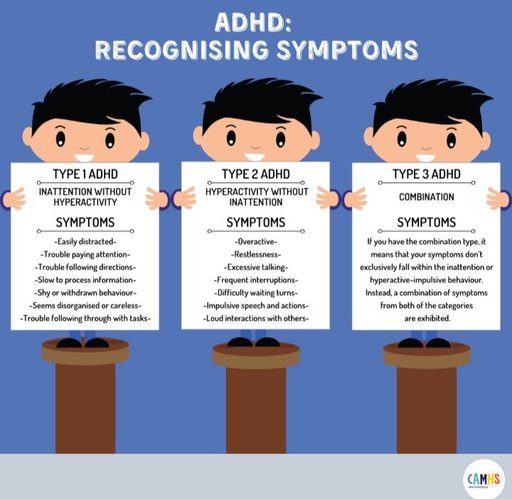 Sitting down for homework in the language, the child opens the math notebook and does not notice that he is writing the text on a sheet in a cage. He forgets to write down information in a diary, he may forget his textbook and notebooks on his desk, or he may not hear a request addressed to him.
Sitting down for homework in the language, the child opens the math notebook and does not notice that he is writing the text on a sheet in a cage. He forgets to write down information in a diary, he may forget his textbook and notebooks on his desk, or he may not hear a request addressed to him. - There is a very poor memory. Trying to learn something by heart, a child can repeat a phrase twenty times and not reproduce it after a minute. This happens due to constant distractibility: children mechanically pronounce the words they are learning, but mentally follow the crawling fly on the wall or listen to the sounds from the street.
Diagnosis
Attention Deficit Hyperactivity Disorder (ADHD) is diagnosed using a questionnaire, behavioral observation of the child and MRI examination of the brain.
Asking questions to parents, the medical specialist builds a clinical picture, differentiating normal behavioral symptoms from actual abnormalities, in order to accurately determine whether it is ADHD or normal puberty.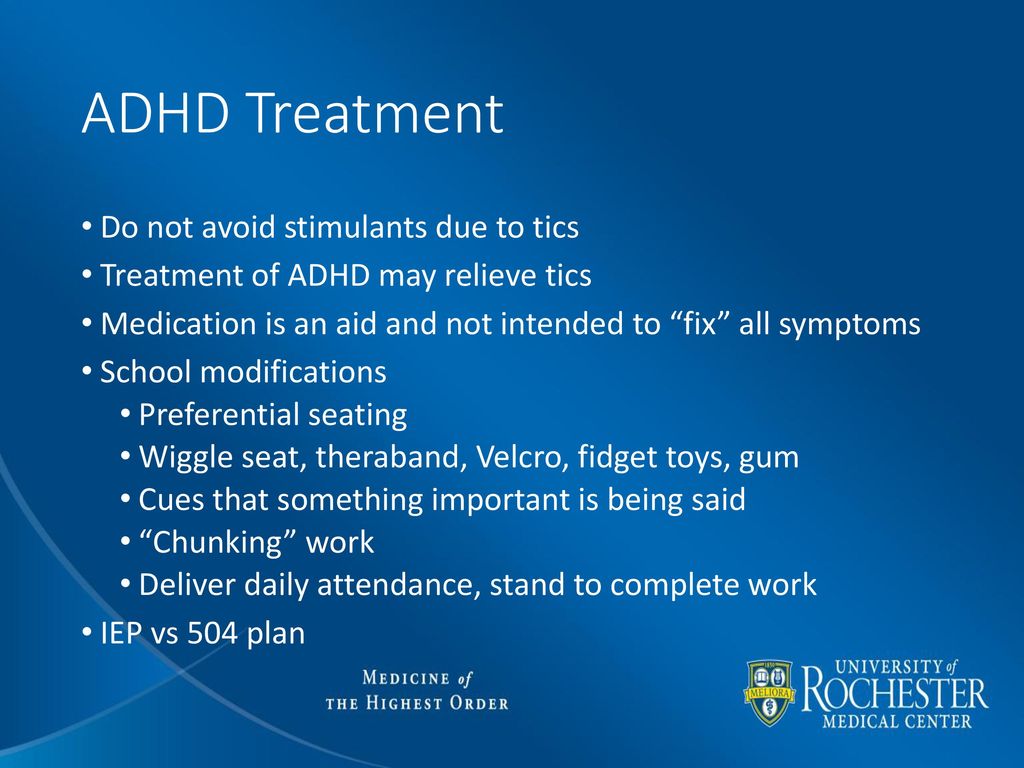
Frontal brain scan serves both to investigate attention deficit hyperactivity disorder in children and to confirm the diagnosis.
Treatment of Attention Deficit Hyperactivity Disorder
The best treatment option for ADHD is complex - psychological correction in combination with medications.
A lot depends on the actions of mothers and fathers. Do not constantly scold the baby for wrong actions and inappropriate behavior. It is much more useful to offer your help in cleaning things or preparing for school, to praise for the diligence shown and overcoming difficulties. It is very important to emphasize every achievement, no matter how small, and give the child confidence in their own abilities.
Praise the child for any possible reason - he washed his cup after himself, put away his toys, wrote neatly in a notebook or helped his mother set the table. Do not skimp on words of support even in case of failure, because adults quite often make mistakes and minor misconduct.